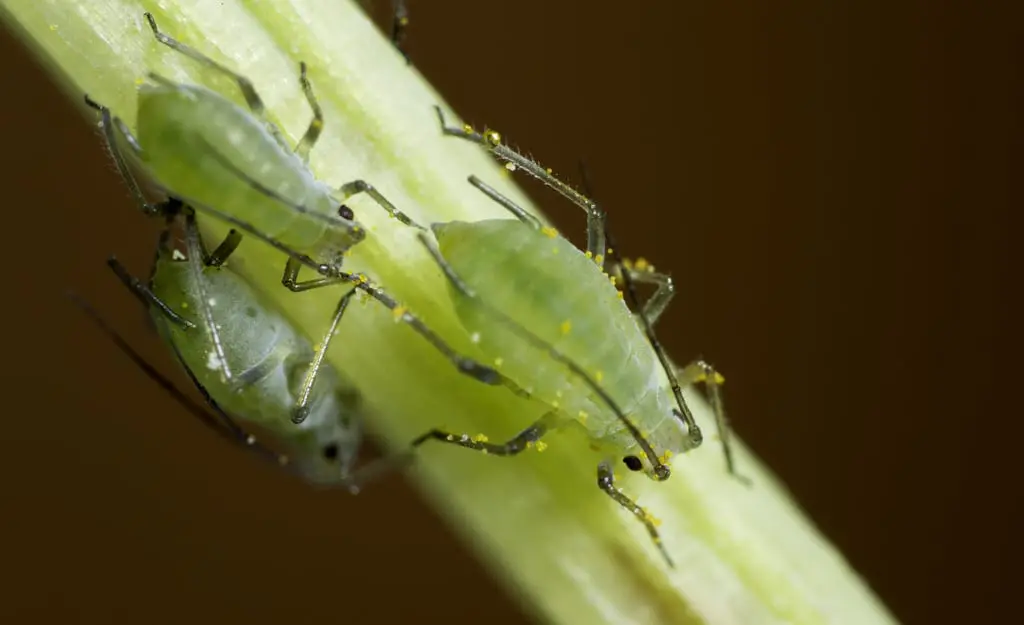The aphid is one of the pests that most affect plants, both indoors and outdoors. And it is that, no matter how protected we have them, in the end one always sneaks in… or several. Although it does not cause very serious damage, it is very important to have its population controlled since it greatly weakens our pots.
To avoid it, I am going to tell you how to eliminate aphids on indoor plants with home remedies.
Index
- 1 What are aphids?
- 2 What are the symptoms and damage they cause?
- 3 How is it treated?
What are aphids?
Aphids are very small parasites, about 0.5cm, with a green, yellow or brown body . They are seen above all during the warm months, since they are favored by high temperatures and dry environments; however, during the rest of the year we must not lower our guard, as they could also appear.
What are the symptoms and damage they cause?
These are parasites that perch on green stems, leaves and flower buds to feed on their cells. Therefore, the symptoms and damage they cause are: weakening of the plant, flower buds that do not open, deformed and/or rolled leaves, appearance of the Negrilla fungus and yellow or black spots on the leaves .
How is it treated?
If we find an aphid on our plant, we can do several things :
- Remove them with a brush moistened with pharmacy alcohol.
- Onions: Boil two onions in a liter of water for 10 minutes. Then we strain it, let it cool and use it.
- Orange: the peel of an orange is boiled, left to stand for 24 hours, strained and then white soap is added in 50/50 quantities. Once done, it is ready to use.
- Diatomaceous earth: just put 30 grams in a liter of water in a sprayer, and spray the affected plants.
- Soapy water: we will dilute a tablespoon of neutral soap in a liter of water and spray the plants.

Surely with these home remedies aphids will no longer appear in your house
